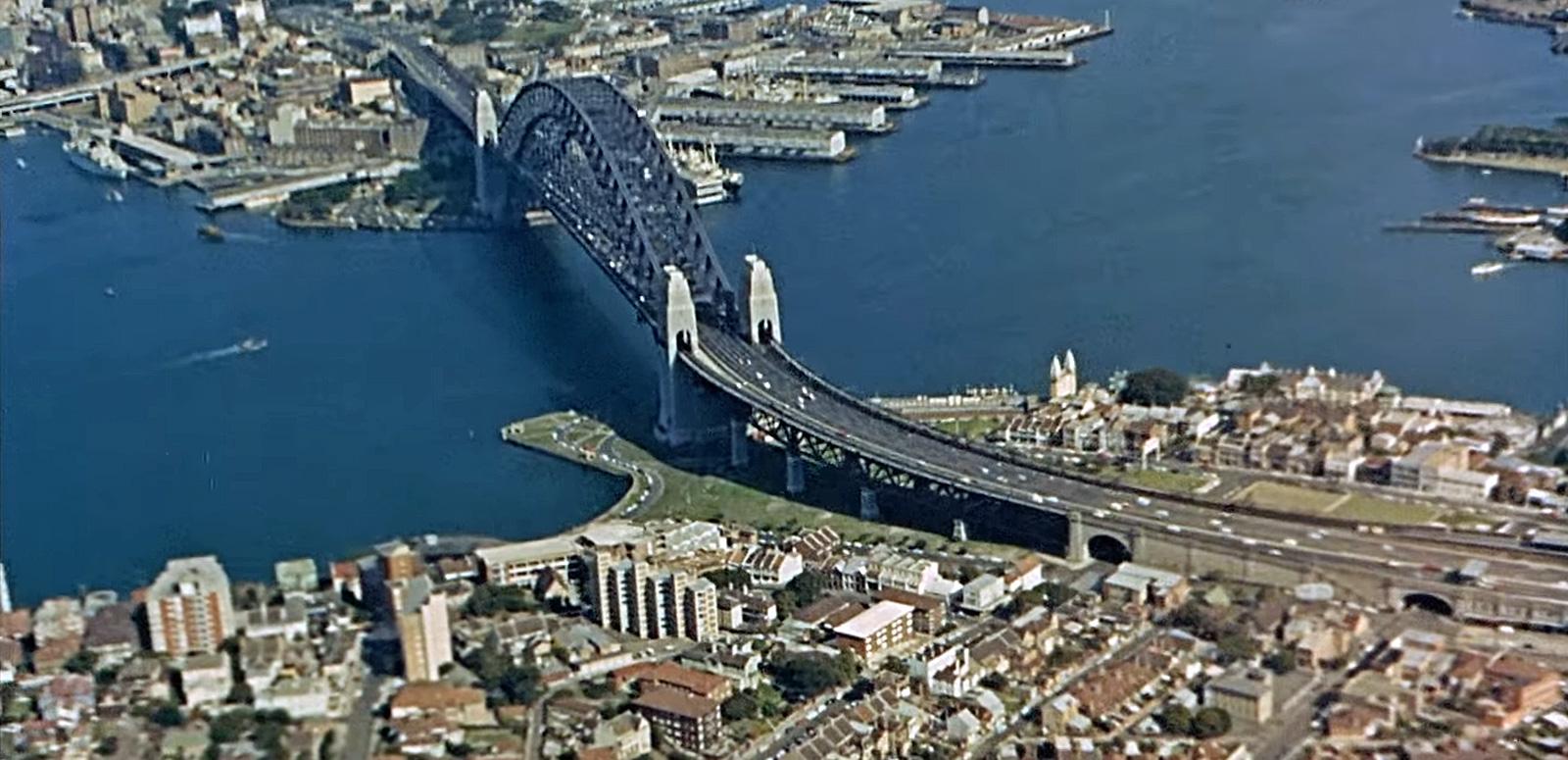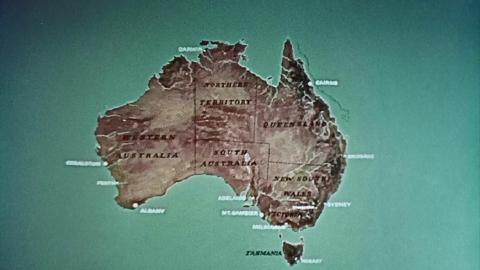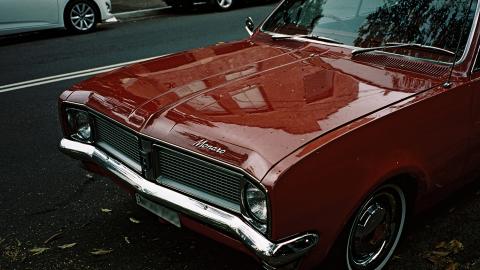The NFSA is now making available episodes of the Life in Australia series of short films in 4K HD, starting with Sydney and Brisbane (included in this article, below) and Melbourne. The series was produced by the Commonwealth Film Unit (later known as Film Australia) between 1964 and 1966 and shows a remarkable glimpse into our cities in the 1960s.




